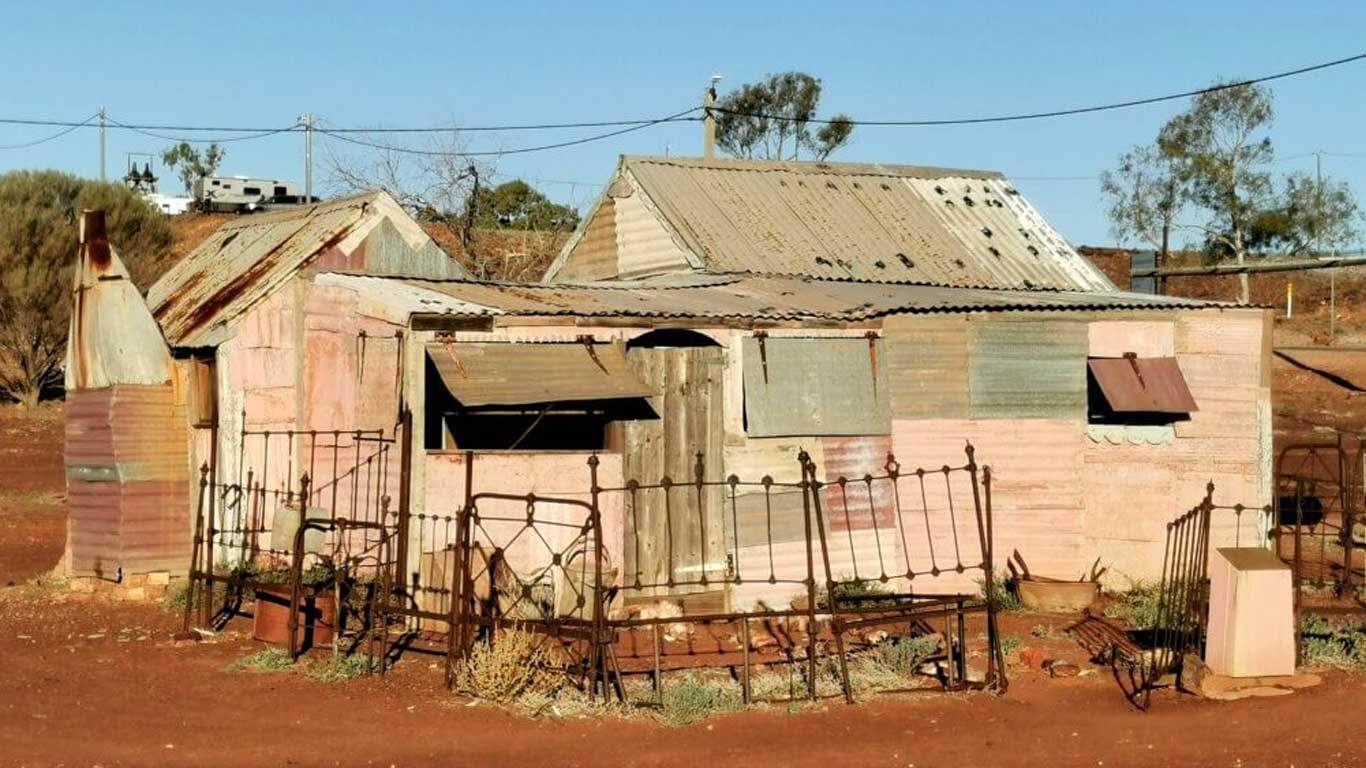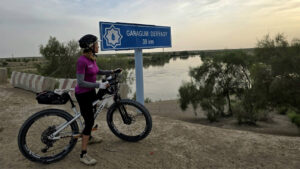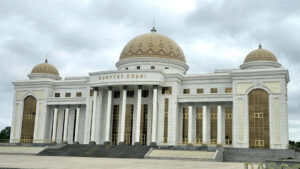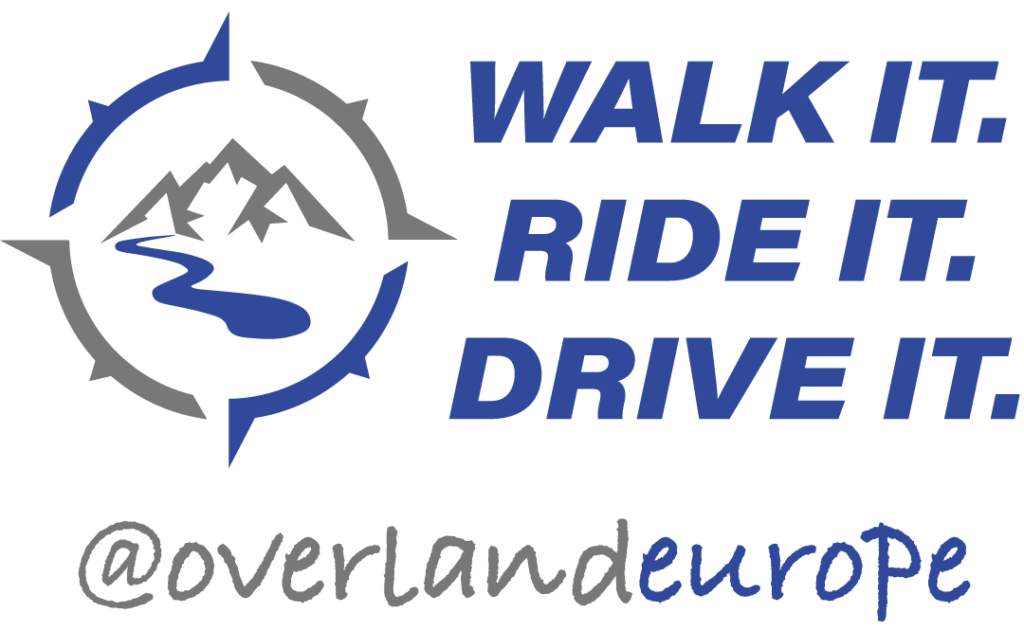Days: 70-72
Dates: 19th – 21st August
Leonora to Wiluna
Distance: 310 km
Total Distance 2023: 4824 km
Total Distance (2021 + 2023): 6352 km
In Leonora I was ready for a rest day. It signified the end of the one section and the start of another. With a present-day population of around 1800, Leonora is one of the larger towns in the northern Western Australian goldfields. In 1896, Leonora was a small settlement of hessian and timber shacks but with the discovery of gold, in a few years it became a thriving town. Some of the early buildings that are still standing are testament to optimism of the gold rush era.
Mining is still the main driver of the economy around Leonora, but the gold and nickel mines mostly employ fly in, fly out (FIFO) workers that tend not to contribute so much to the Leonora community. In Leonora, I picked up the trail of my pioneering great great uncle, William Snell – the uncle who in 1897 rode his bicycle from Menzies (104km south of Leonora) to Melbourne to propose to his childhood sweetheart, and then rode back again and was waiting for her when she arrived on the boat in Fremantle.
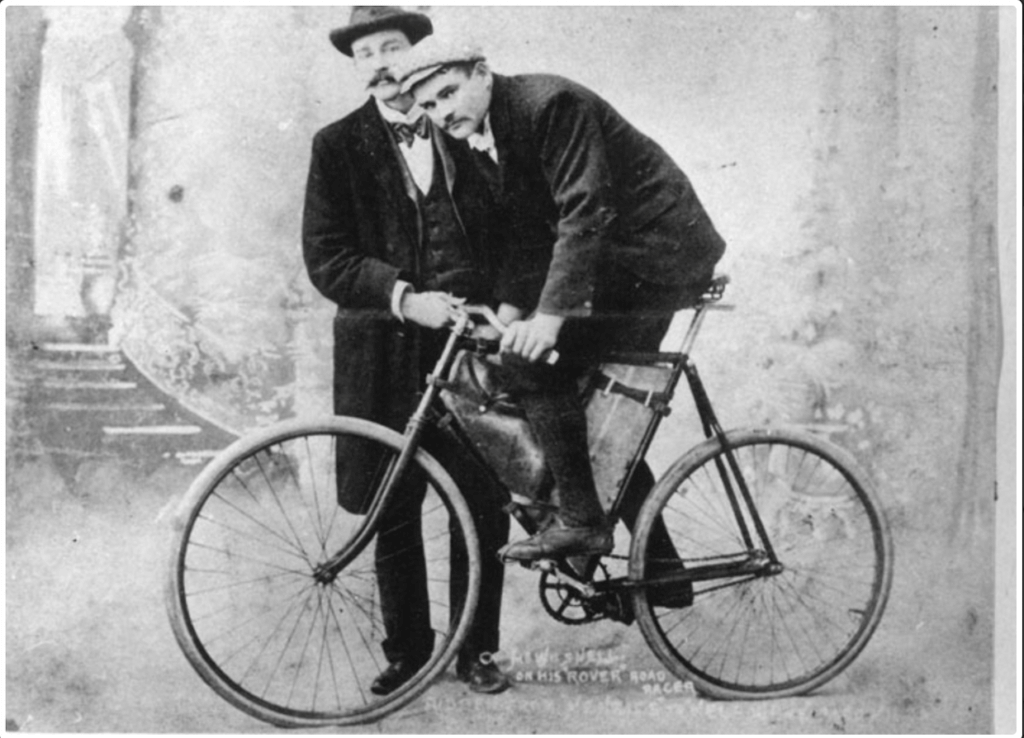
Originally he had come across from Hamilton in Victoria, just after gold was discovered in Coolgardie (1892). He tried his hand at gold prospecting, but after narrowly escaping death from dehydration, he turned to selling supplies to the miners and community.
In 1898, William moved to Leonora and opened the general merchants store, WA Snell & Co, in a hessian and iron building. It was common to see three trains of heavily-laden camels arriving in Leonora, bound for WA Snell & Co. A large stone warehouse was built behind the shop in 1900, the year Billy Snell became Leonora’s first mayor (aged 28). He was re-elected six times, driving the formation of the municipality and the town’s first water supply scheme.
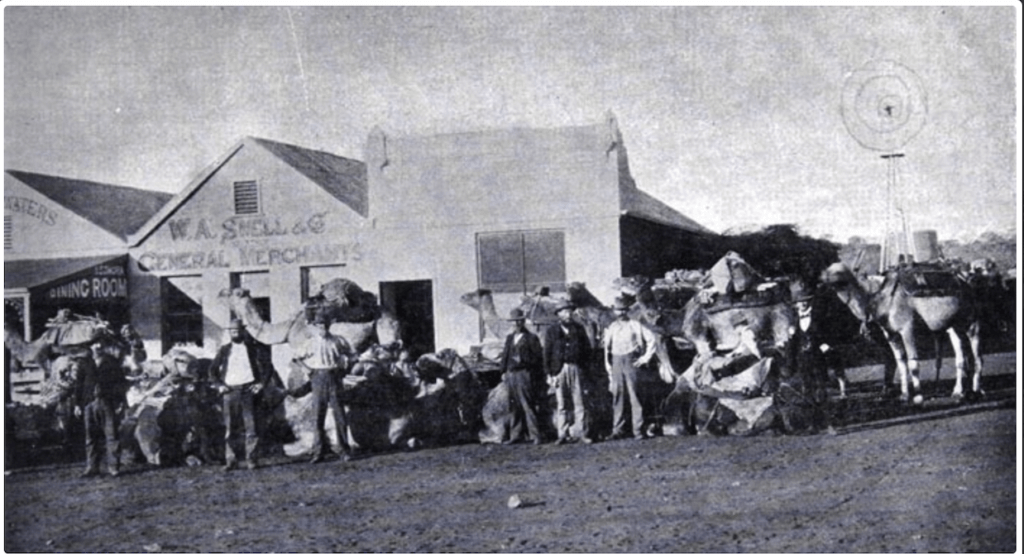
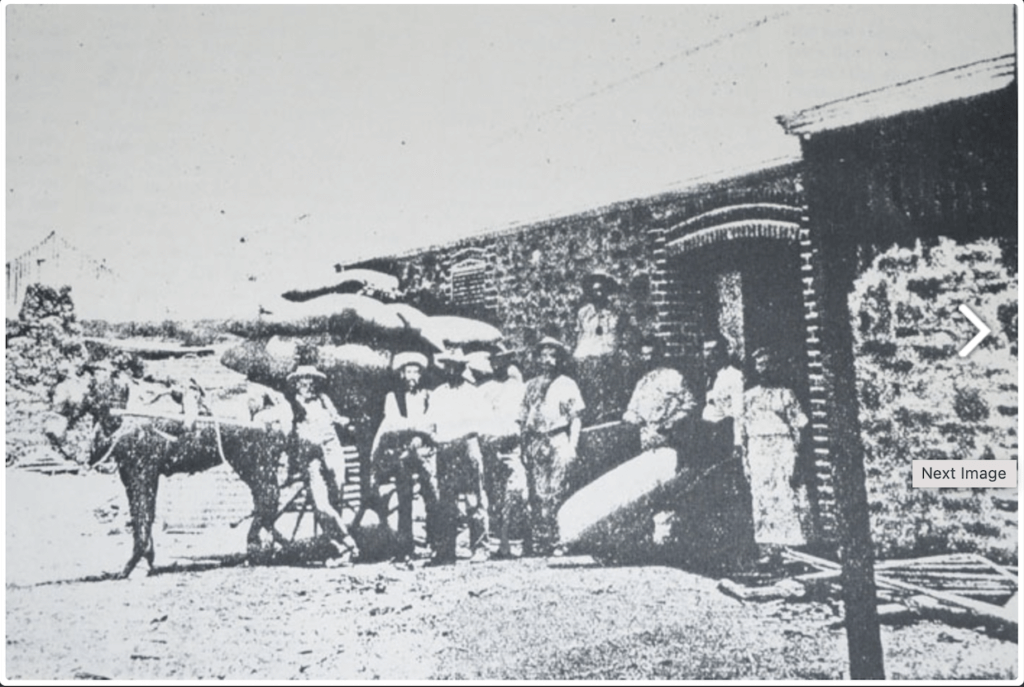
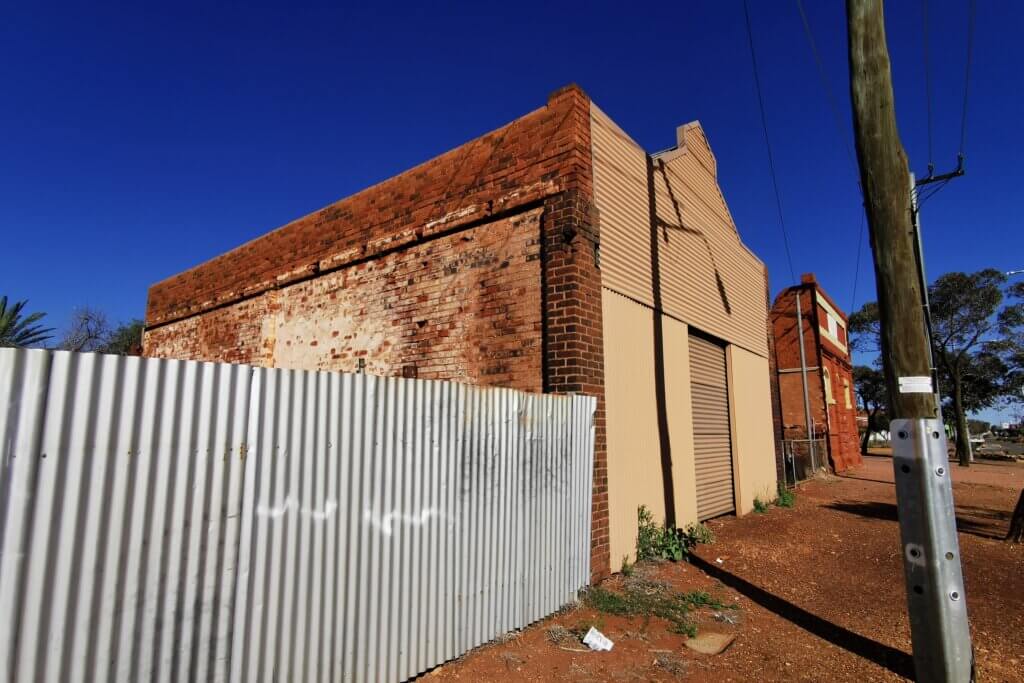
I wanted to see whether I could locate the site of the store to see if there were any relicts still there. I did find the site, but unfortunately there is nothing at all left. It is now private housing.
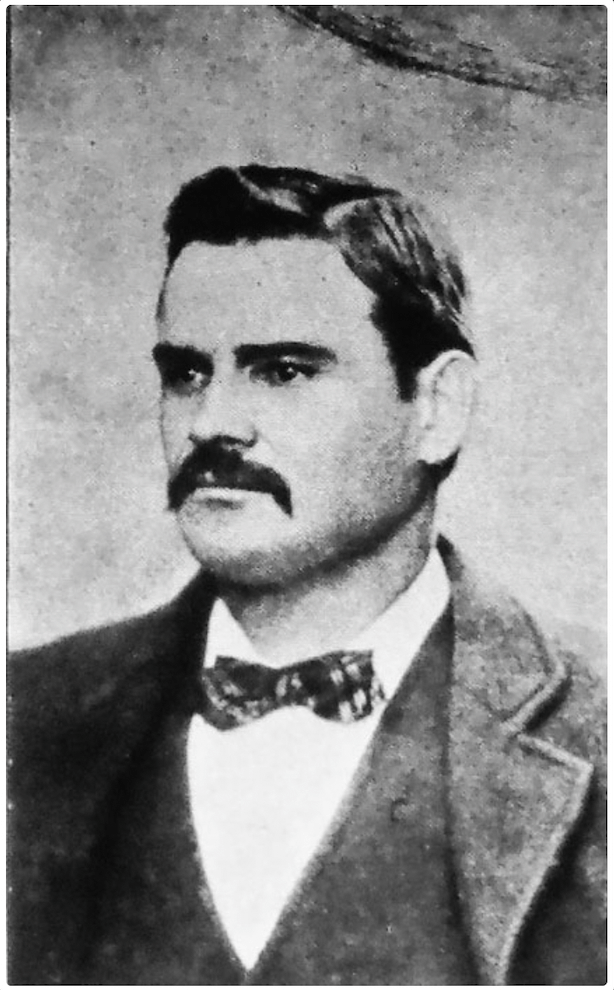
In a book about his life titled The Glassy Goanna, there is a photo of William as Leonora mayor in top hat, standing at the entrance to the Leonora-Gwalia tram. Gwalia, three kilometres down the road from Leonora, was established in 1896 when the Sons of Gwalia gold mine opened. It was once the second largest mine in Western Australia. The first mine manager was Herbert Hoover who went on to become the president of the United States in 1929! A tramway between the two towns was built to ferry people between the settlements. The old tram car was recently restored and it was fun to sit on the front balcony, in the same position as my great uncle.
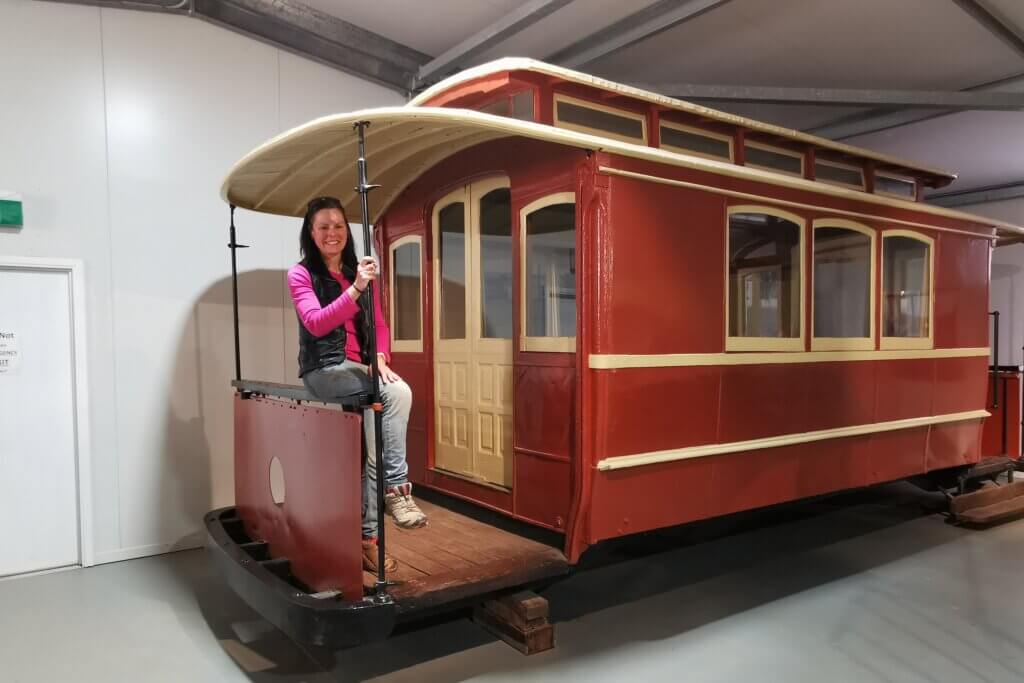
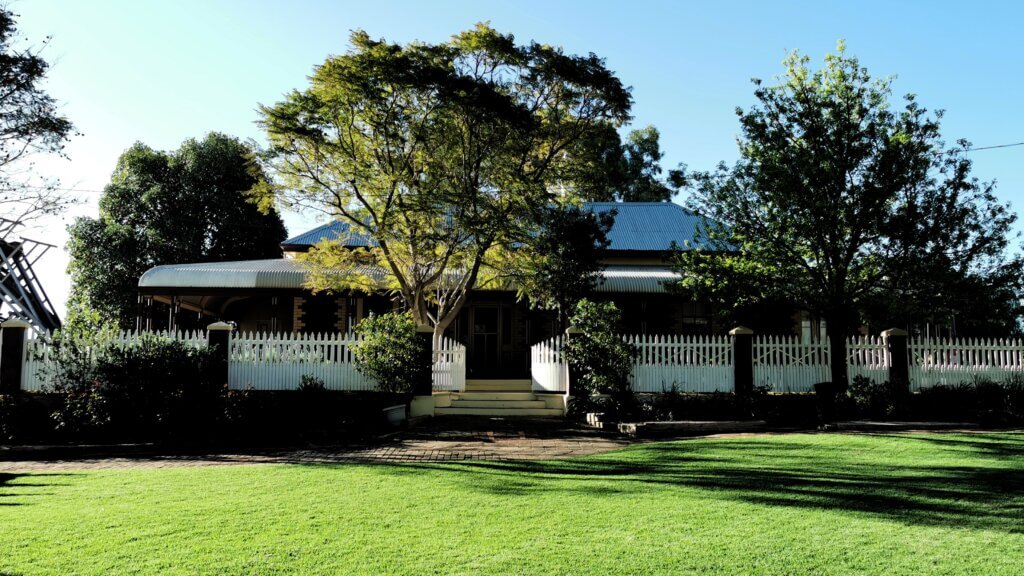
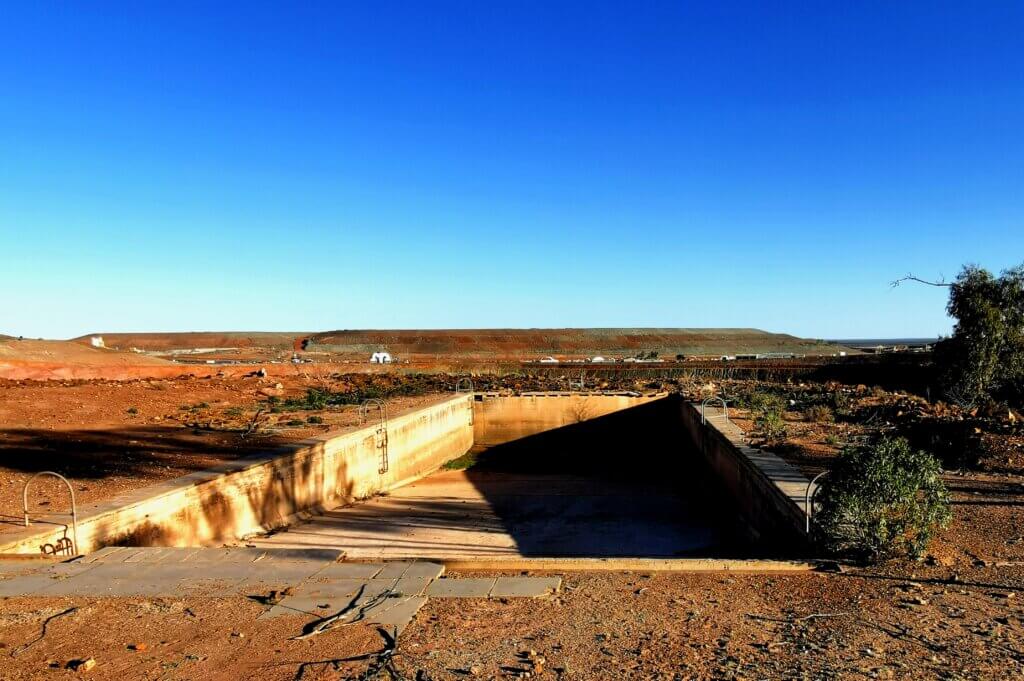
Gwalia has to be one of the most interesting ghost towns I have seen. In its heyday in the 1890s, its population was around 1000 people, with a barber shop, a butchers shop and a general store.
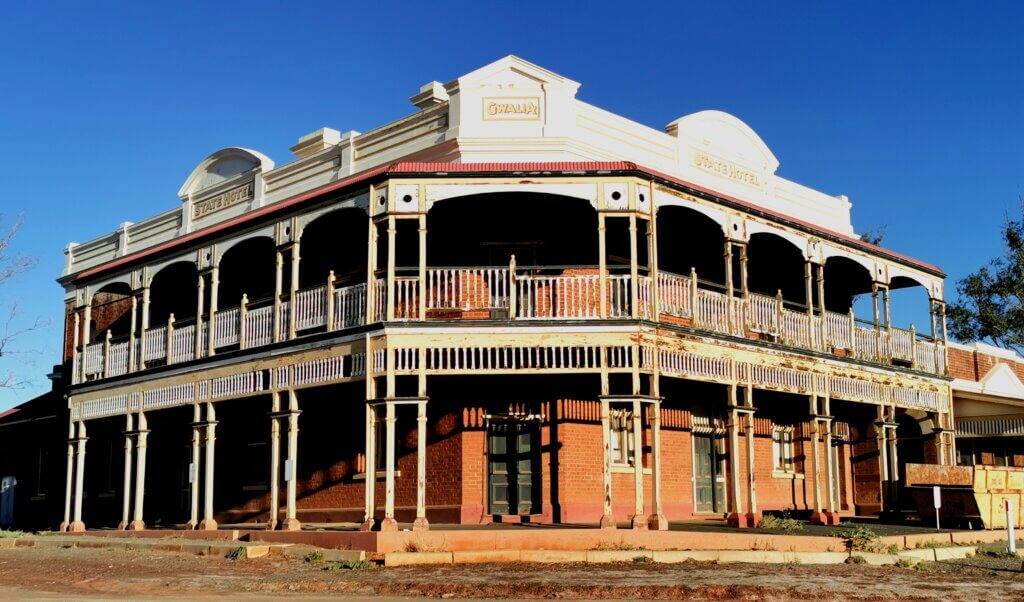
Herbert Hoover set out to employ Italians who were drawn to the gold rush because he believed they were better workers; they were highly competitive with the non-Italian workers and would do their jobs more cost-effectively.
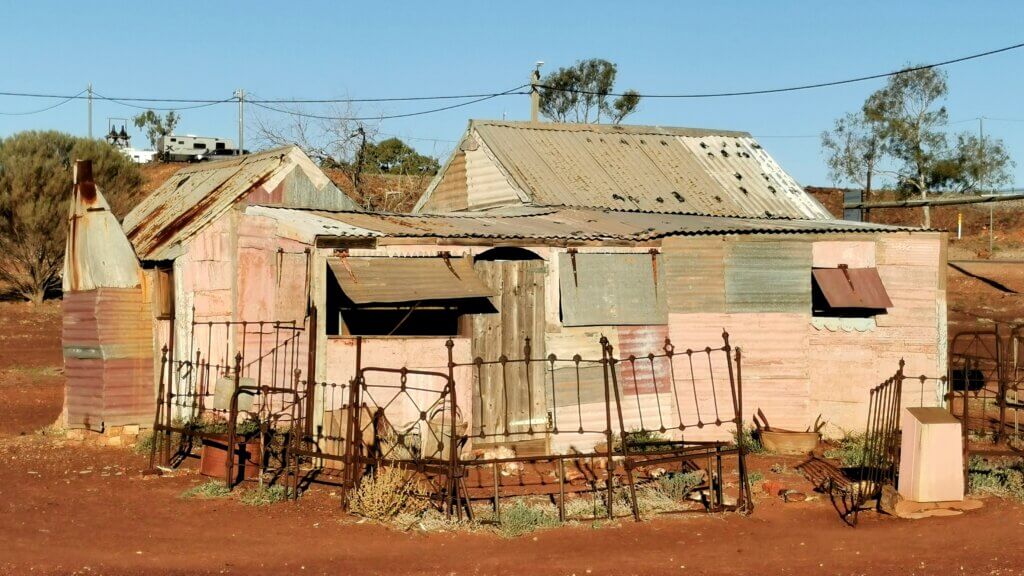
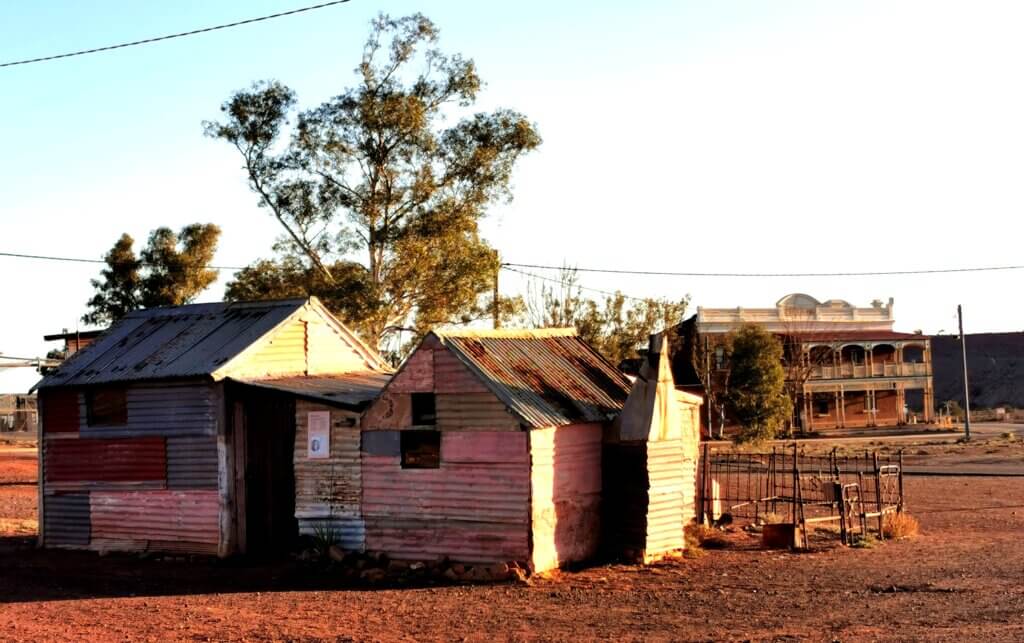
The houses were built of any materials they could find, repurpose and reuse.
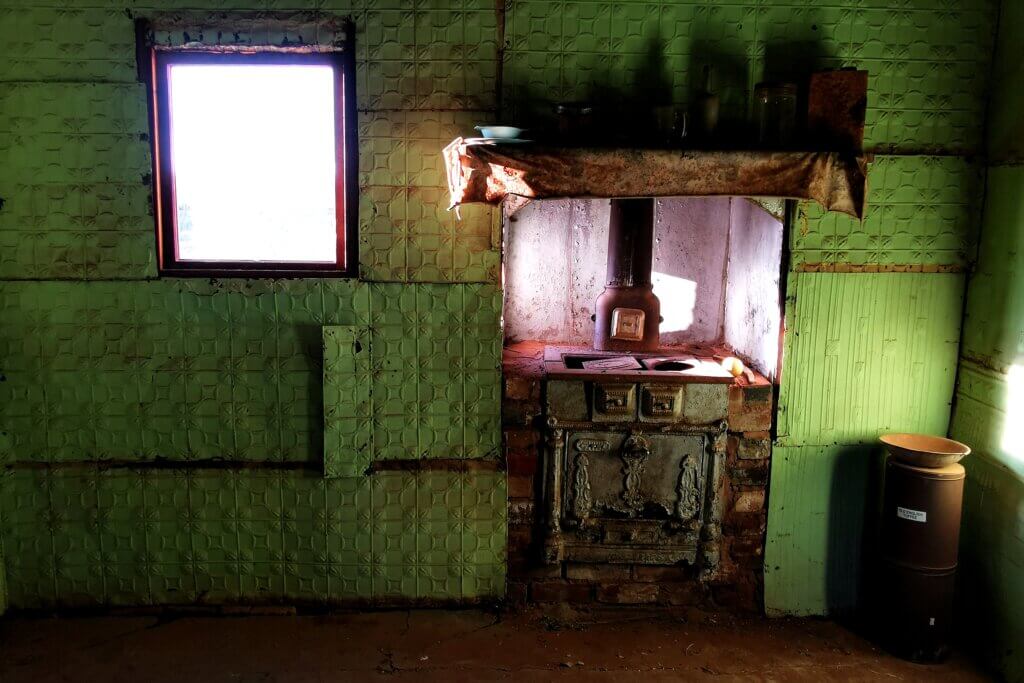
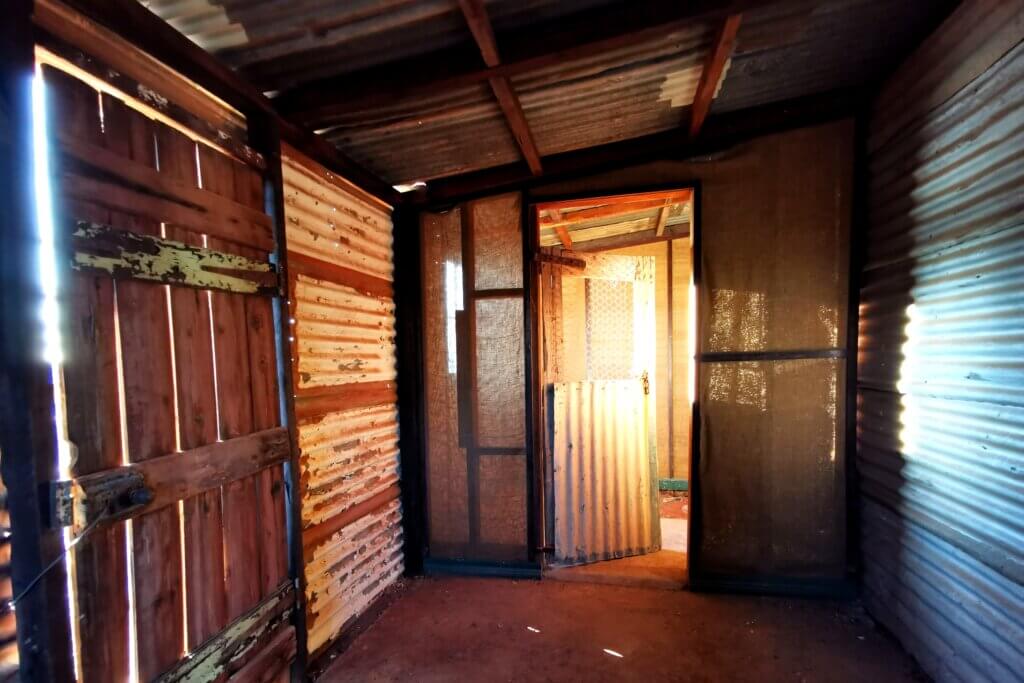
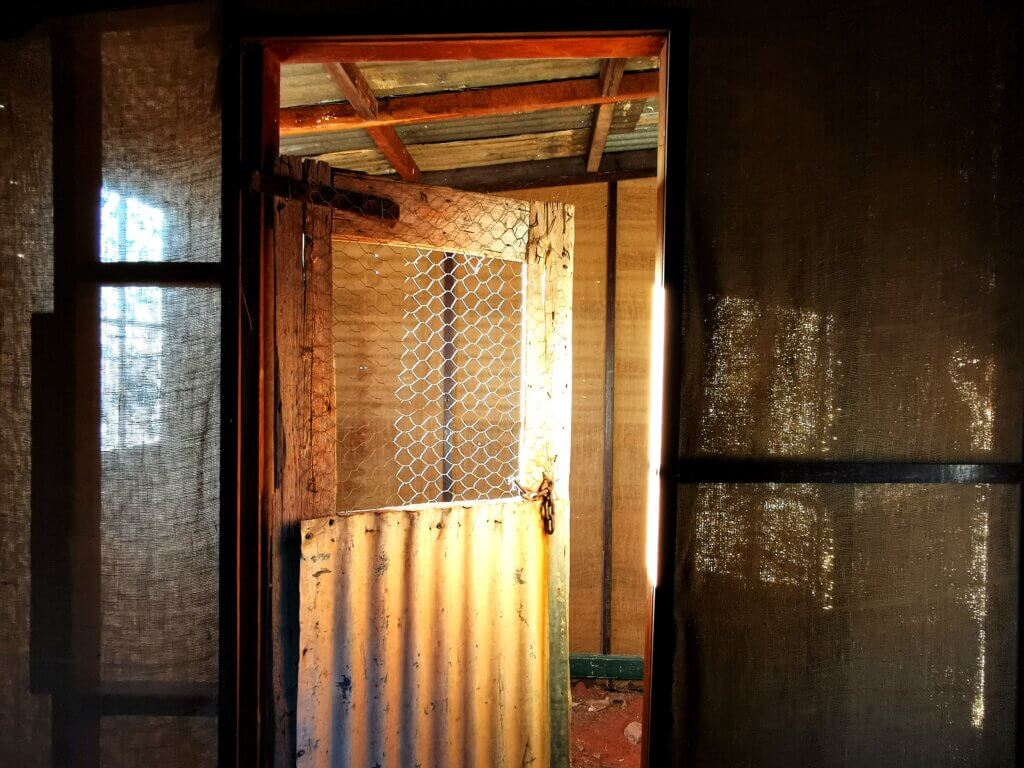
The next section of the expedition was to head north, following the trail of William Snell, 306km to Wiluna and then a small part of the Canning Stock Route.
DAY 71 – LEONORA TO LEINSTER – 136 KM
From Leonora to Wiluna I followed the Goldfields Highway. Pedalling over the bitumen was such a contrast to to the sand, gravel and rocky tracks I had been following since Coober Pedy (except from Laverton to Leonora). However, I was dismayed at the strength of a gusting headwind that slowed my progress on the first day back in the saddle. It was head down for most of the 136km to Leinster, passing fairly continuous mining operations and being passed by countless three and four carriage road trains. The landscape was open bushland with the occasional breakaways. I made it into Leinster at last light.
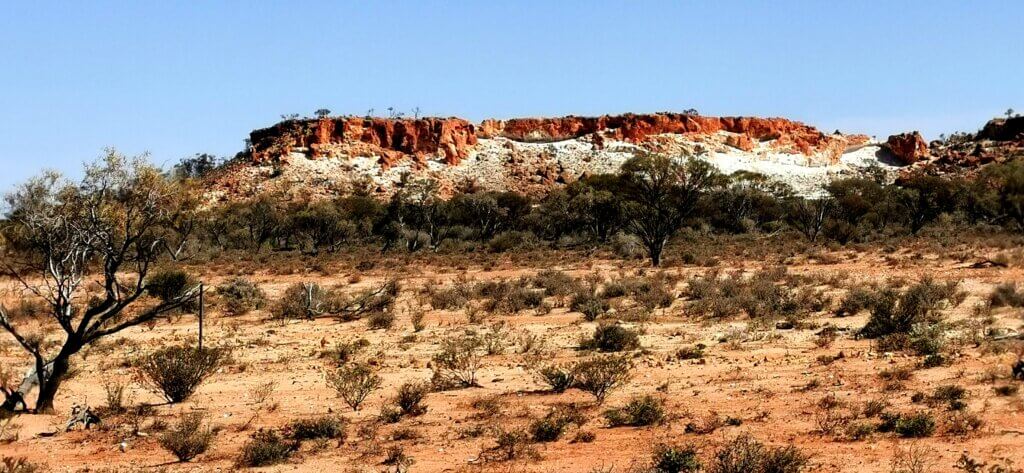
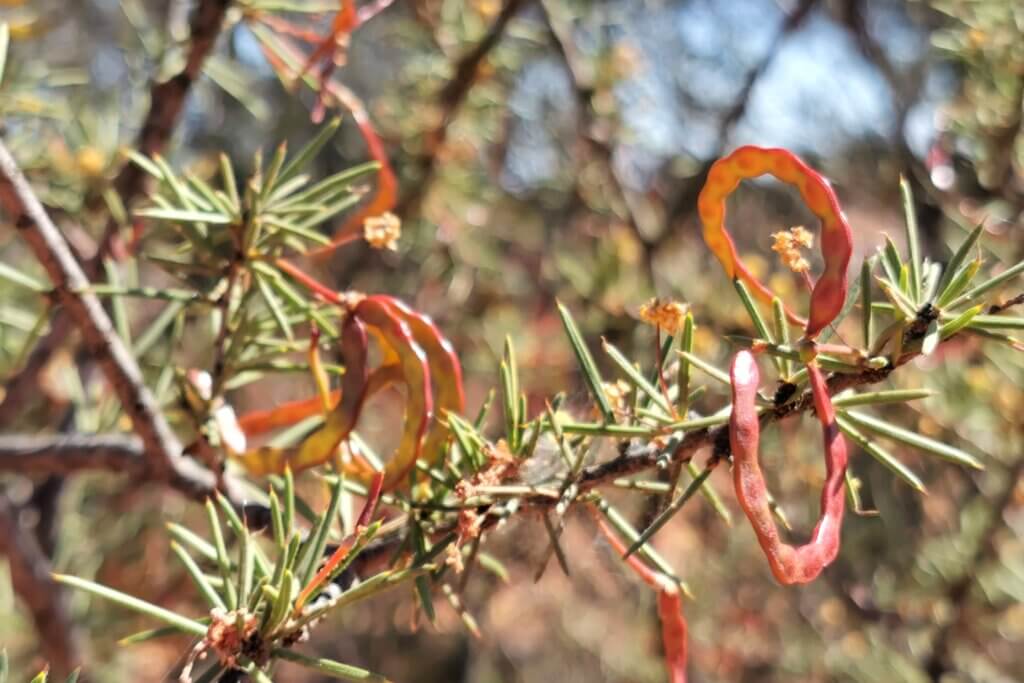
DAYS 72/73 – LEINSTER TO WILUNA – 173 KM
By contrast to the other historic mining towns in the region, Leinster is a modern town, initially built by Agnew Mining in 1976 to service its nickel mines during the nickel boom. It is now run by BHP who acquired the mines in 2006. Leinster, “home of the wedge-tailed eagle”, has excellent facilities to serve BHP employees and we enjoyed a great meal at the local tavern.
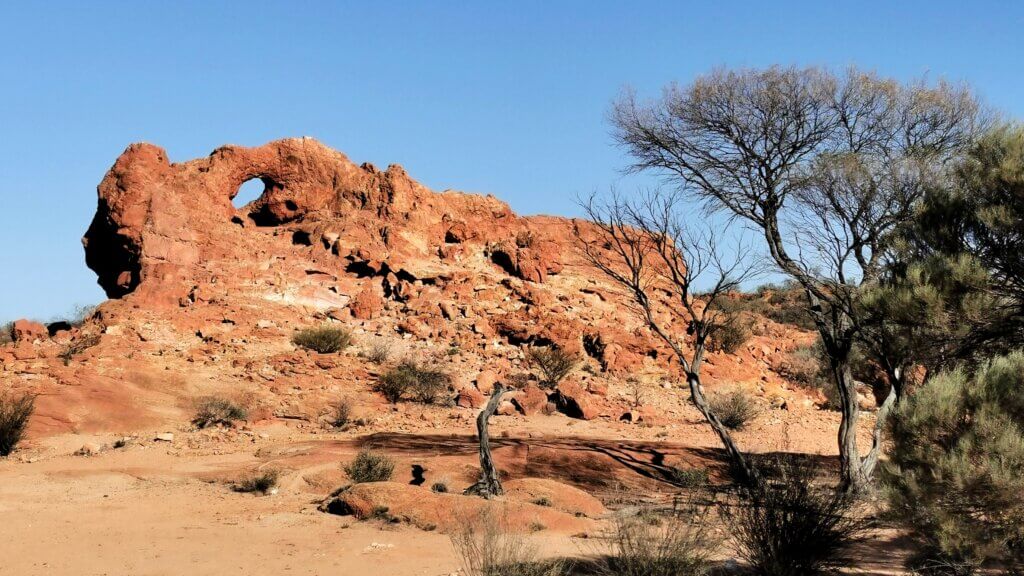
To my delight, the wind direction switched the following day and a tail wind fanned me along for 145km, where we bush camped, and made it a simple 28km ride into Wiluna on Day 73.

